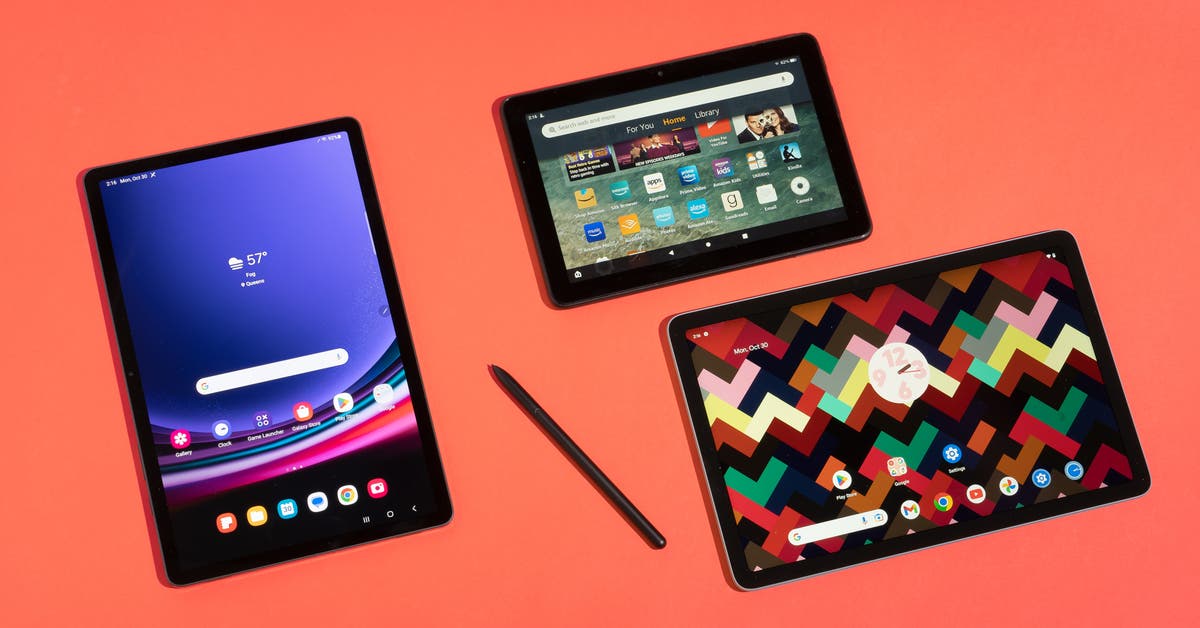
Processor and RAM
Processor Types
When selecting an Android tablet with 8GB RAM, consider the type of processor:
- Snapdragon Processors: Popular in high-end devices, offering excellent performance. The Snapdragon 8 Gen 1 provides fast processing speeds and efficient power management.
- Mediatek Processors: Found in mid-range devices, offering good performance at a lower cost. The Mediatek Helio G series is known for robust performance in gaming and multimedia tasks.
- Qualcomm Processors: Known for efficiency and power management. The Qualcomm Snapdragon 7 series offers a balance between performance and battery life.
RAM Considerations
While 8GB of RAM is significant, consider your usage:
- Basic Tasks: Browsing, checking email, and social media might not require 8GB.
- Demanding Applications: Gaming, video editing, and multitasking benefit from 8GB, providing excellent multitasking capabilities and seamless app switching.
Storage Options
Internal Storage
Internal storage ranges from 16GB to 64GB:
- Basic Users: 16GB might suffice but can be limiting for those downloading many apps or storing large files.
- Expandable Storage: Many tablets support microSD cards, allowing for additional storage. Check if the tablet supports microSD cards and the maximum capacity.
Display Quality
Screen Resolution
Screen resolution impacts clarity:
- HD (720p): Decent clarity but may not be ideal for gaming or high-definition videos.
- Full HD (1080p): Better clarity, suitable for most users.
- 4K (2160p): Highest clarity but may consume more battery power.
Display Type
Display type matters for color accuracy and viewing angles:
- IPS (In-Plane Switching) Displays: Provide better color accuracy and wider viewing angles compared to standard LCD screens, ideal for watching movies and playing games.
Additional Features
Operating System
The operating system is crucial for security and new features:
- Android: Offers access to the Google Play Store and a wide range of apps. Ensure the tablet receives regular software updates for the latest security patches and features.
Battery Life
Battery life ensures extended usage without frequent recharging:
- 5000mAh Batteries: Look for tablets with at least this capacity for longer usage.
Build Quality
Build quality affects durability and overall feel:
- Premium Build: Metal or glass materials feel more premium and durable compared to plastic bodies.
Camera Quality
Camera quality matters for photography or video calls:
- Lower Resolution Cameras: Sufficient for casual use but not ideal for professional photography.
Comparing Other Options
Pros of 10.1 RCA Android Tablet
- Affordable price
- Large screen (10.1 inches)
- Expandable storage via microSD slot
- Android OS with access to Google Play Store and apps
Cons of 10.1 RCA Android Tablet
- Slower performance compared to higher-end tablets
- Plastic body feels less premium
- Shorter battery life
- Lower resolution cameras
Alternative: Amazon Fire HD 10
- Pros: Similar price, better build quality, longer battery life, Alexa integration
- Cons: Limited to Amazon Appstore, less customizable
Alternative: Samsung Galaxy Tab A 10.1
- Pros: Better performance, higher resolution screen, premium build
- Cons: Higher price, less storage in base model
Alternative: Lenovo Tab M10 Plus
- Pros: Good performance, metal body, decent battery life
- Cons: Slightly more expensive, pre-installed bloatware
Tips & Tricks
To get the best performance out of your RCA tablet or any other Android device:
- Close Apps Running in the Background: Closing apps running in the background that you’re not using can help speed up your device.
- Clear Cache Regularly: Clearing the cache regularly can also help speed things up by removing temporary files that consume storage space.
Summary
Choosing the best Android tablet with 8GB RAM involves considering several key factors:
- Processor Speed: Ensure the processor is fast enough for your needs.
- RAM: 8GB is sufficient for most users but consider your usage patterns.
- Storage Options: Check for internal storage capacity and expandable storage options.
- Display Quality: Opt for higher resolution screens like Full HD or 4K for better clarity.
- Additional Features: Consider battery life, build quality, camera quality, and operating system updates.
- User Reviews: Read user reviews to get a sense of real-world performance and reliability.
By focusing on these aspects and comparing different options based on their pros and cons, you can find a tablet that fits your needs and budget perfectly.
